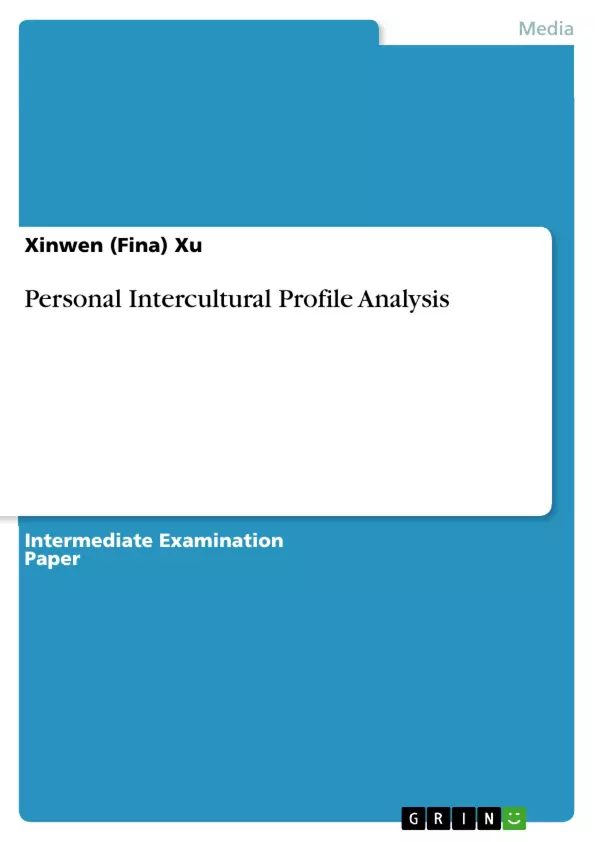According to my “linear-active”, “multi-active” and “reactive” triangle chart, I am not a typical Chinese, since I have more multi-active characteristics and fewer in the other two. However, as what we can tell from the chart, Japan is a typical reactive country. So there are very few similarities but lots of differences between my personal horizon and Japanese horizon.
First of all, Japanese are always good listeners. Usually, they pay full attention to what is being said during a conversation, while they don’t speak a lot. Besides, they barely interrupt or ask questions until the end. Howbeit, although I rarely interrupt during other’s talking, but sometimes I just cannot wait to present my opinion in case the topic of the conversation swift to another. Also, generally speaking, I am not the one who talks most of the time during a meeting, but neither the one who never talks.
Inhaltsverzeichnis (Table of Contents)
- Cultural Classification
- Cultural Horizons: Xinwen Xu vs. Japan
- Personal horizon
- National horizon
- List of additional cultural similarities and/or differences
Zielsetzung und Themenschwerpunkte (Objectives and Key Themes)
This text compares the author's personal cultural profile with that of Japan. The objective is to highlight similarities and differences in communication styles, approaches to planning, and overall cultural orientations.
- Comparison of personal and national cultural profiles.
- Analysis of communication styles (direct vs. indirect, emotional expression).
- Contrasting approaches to planning and decision-making.
- Examination of the role of "face" in interpersonal relationships.
- Exploration of the interplay between professional and personal life.
Zusammenfassung der Kapitel (Chapter Summaries)
The first section presents a cultural classification based on a "linear-active," "multi-active," and "reactive" model, positioning the author and Japan within this framework. The second section offers a detailed comparison between the author's personal cultural profile and the national cultural profile of Japan. It examines several key aspects including communication styles, approaches to planning, emotional expression, and the importance of "face." The final section notes additional similarities and differences observed after further research into Japanese national culture profiles, highlighting shared approaches to time management and business discussions within social settings.
Schlüsselwörter (Keywords)
Cross-cultural communication, cultural profiles, Japan, communication styles, planning, emotional expression, "face," interpersonal relationships, business practices, time management.
- Arbeit zitieren
- Xinwen (Fina) Xu (Autor:in), 2010, Personal Intercultural Profile Analysis, München, GRIN Verlag, https://www.grin.com/document/181081



